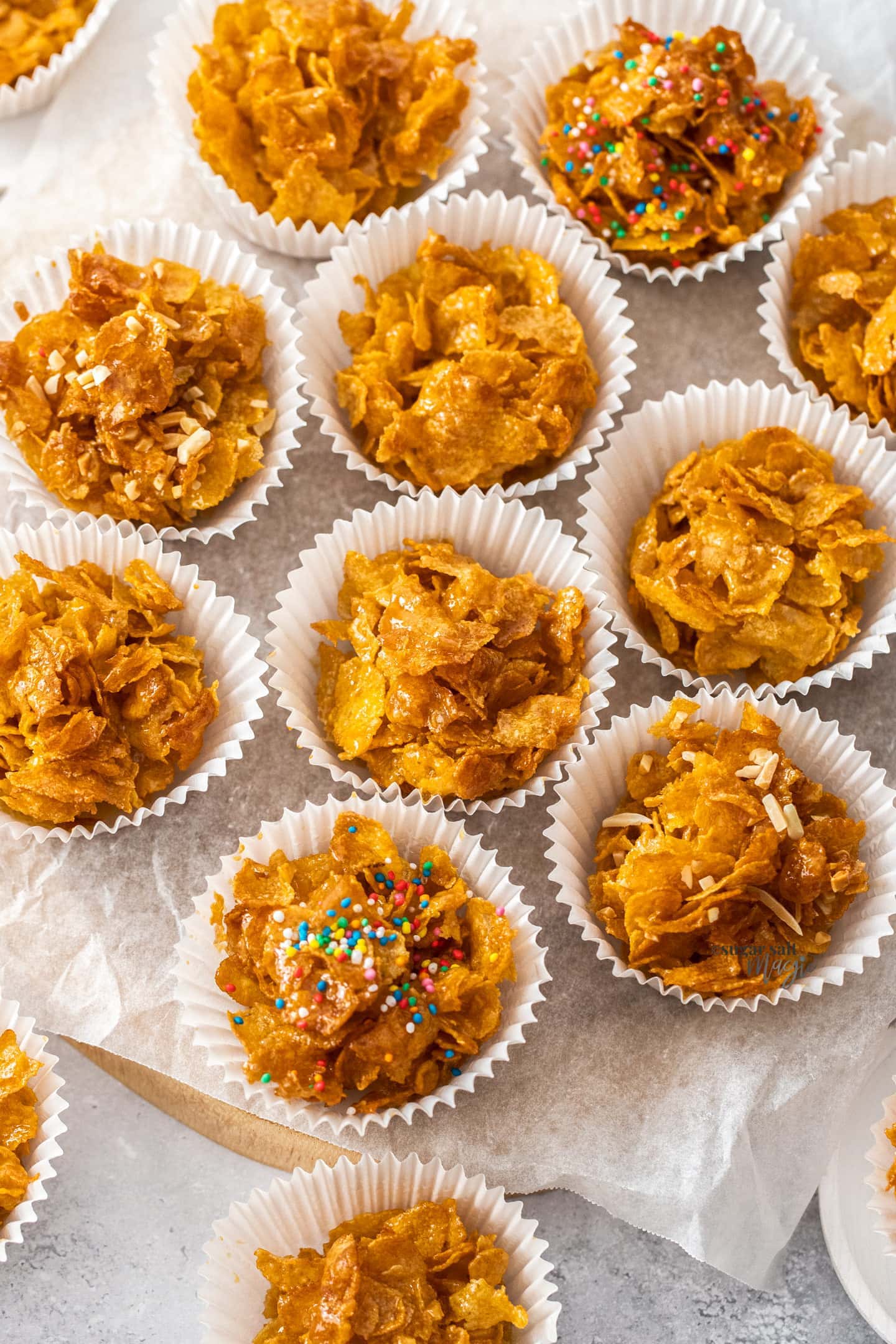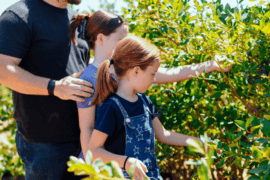Delightfully Easy Honey Joys Recipes for Fun Family Snacking
Hello there, wonderful parents and guardians! Are you looking for a scrumptious snack that will not only bring smiles to your little ones’ faces but also awaken the nostalgia within you? Well, look no further! We’ve whipped up a delightful guide to creating the classic Honey Joys—that golden, honey-coated crunch that has been a favorite at children’s parties, school bake sales, and cozy kitchen counters for generations.
What Are Honey Joys?
If you’re wondering what Honey Joys are, they’re a simple, yet delicious treat made with just a few ingredients: cornflakes, honey, sugar, and butter. That’s it! These sweet morsels are a breeze to make, and their crispy texture paired with the gentle flavor of honey is guaranteed to take you down memory lane.
The Basic Honey Joys Recipe
Before we dive into twists and variations, let’s start with the evergreen basic recipe. You’ll need:
- 90g butter
- 1/3 cup (75g) sugar
- 1 tablespoon honey
- 4 cups (100g) cornflakes
Instructions
- Preheat your oven to 150°C (300°F). Line two 12-hole muffin trays with paper cases.
- In a saucepan, melt the butter, sugar, and honey together over a gentle heat until frothy, but be careful not to let it burn.
- Place the cornflakes in a large bowl. Pour the honey mixture over the cornflakes and gently mix with a wooden spoon until the flakes are evenly coated.
- Spoon the mixture into the paper cases. Make sure to press down lightly to compact them a bit. This will help them stick together once cooled.
- Bake for 10 minutes or until they are golden brown. The sugary coating should bubble up a bit; that’s when you know they are done.
- Remove the trays from the oven and allow the Honey Joys to cool completely. They will harden as they cool, creating that satisfying snap!
And there you have it, the standard Honey Joys recipe that never fails to please. Now, let’s talk about making these treats your own!
Creative Twists on Classic Honey Joys
We all know that the classic version is a knock-out, but sometimes, it’s fun to shake things up a bit. Here are some ideas to add your own personal touch to these delectable snacks:
- Chocolate Topped Honey Joys: Once your Honey Joys have cooled, melt some chocolate in a double boiler or in the microwave and drizzle over the top for a chocolaty bliss.
- Nutty Honey Joys: Add a handful of chopped nuts like almonds, walnuts, or pecans to the mixture for an added crunch and a healthy dose of omega-3s.
- Fruity Honey Joys: Mix in some dried fruits like raisins, sultanas, or chopped dried apricots to make each bite a fruity surprise.
- Holiday-Themed Honey Joys: Use food coloring to dye the honey mixture or add sprinkles on top to fit any holiday theme—be it Christmas, Easter, or Halloween!
And that’s just the start! Honey Joys can be a canvas for your culinary creativity. All it takes is a bit of imagination and a willingness to experiment.
Ready to delight your family with these honey-coated treasures? Get your aprons out, preheat the oven, and let’s get ready to make some Honey Joy magic together! Stay tuned for a deep dive into mastering these recipes so you can become the ultimate Honey Joys maestro!

5 Things Parents Should Know When Preparing Honey Joys
As we bask in the joy of making Honey Joys, it’s important for parents to keep a few things in mind. Here are five essential tips to ensure your baking experience is as sweet as the Honey Joys you’re about to make:
1. Choose the Right Cornflakes
Selecting the right type of cornflakes is key to achieving the perfect Honey Joy. For best results, use traditional cornflakes that are unsweetened and not overly crumbled. The crispness of the flakes contributes significantly to the texture of the final product.
2. Get the Kids Involved
Honey Joys are not only fun to eat, but they’re also a blast to make—especially with little helpers! Turn this baking opportunity into a family activity. Assign age-appropriate tasks such as measuring the ingredients, mixing the honey mixture with the cornflakes, and spooning the mixture into the muffin trays. Always supervise your kids at the stove and with oven-related tasks.
3. Be Mindful of the Heat
When melting the butter, sugar, and honey, it’s essential to keep the heat low and consistent. High heat can burn the mixture, giving your Honey Joys a bitter taste. A slow and steady melt will ensure a smooth and even coating for your cornflakes.
4. Customize with Caution
Adding extra ingredients like nuts or dried fruits can personalize the snack, but it’s crucial to be aware of potential allergies. Always check with other parents if you’re making Honey Joys for school events and clearly label any allergens. To keep Honey Joys safe for everyone, consider making nut-free or alternative versions using seeds or soy-based butter.
5. Storage and Freshness
Honey Joys taste best when they’re fresh, but they can be stored in an airtight container at room temperature for up to a week. Separate layers with parchment paper to prevent sticking. Avoid refrigeration, as the moisture can cause them to lose their signature crunch. If you do make them ahead of time for a special event, make sure they’re hidden from little snackers who can’t resist a sweet treat!
With these tips in your baking arsenal, you’re all set to create tantalizing Honey Joys that are sure to impress. Remember to have fun, enjoy the process, and savor the delicious rewards of your labor. Baking is an experience to cherish, especially when it brings joy to your family and friends. Now, tie those aprons, gather your ingredients, and embark on your Honey Joys adventure!
For more great articles please see here. For more information see here
Disclaimer
The articles available via our website provide general information only and we strongly urge readers to exercise caution and conduct their own thorough research and fact-checking. The information presented should not be taken as absolute truth, and, to the maximum extent permitted by law, we will not be held liable for any inaccuracies or errors in the content. It is essential for individuals to independently verify and validate the information before making any decisions or taking any actions based on the articles.




